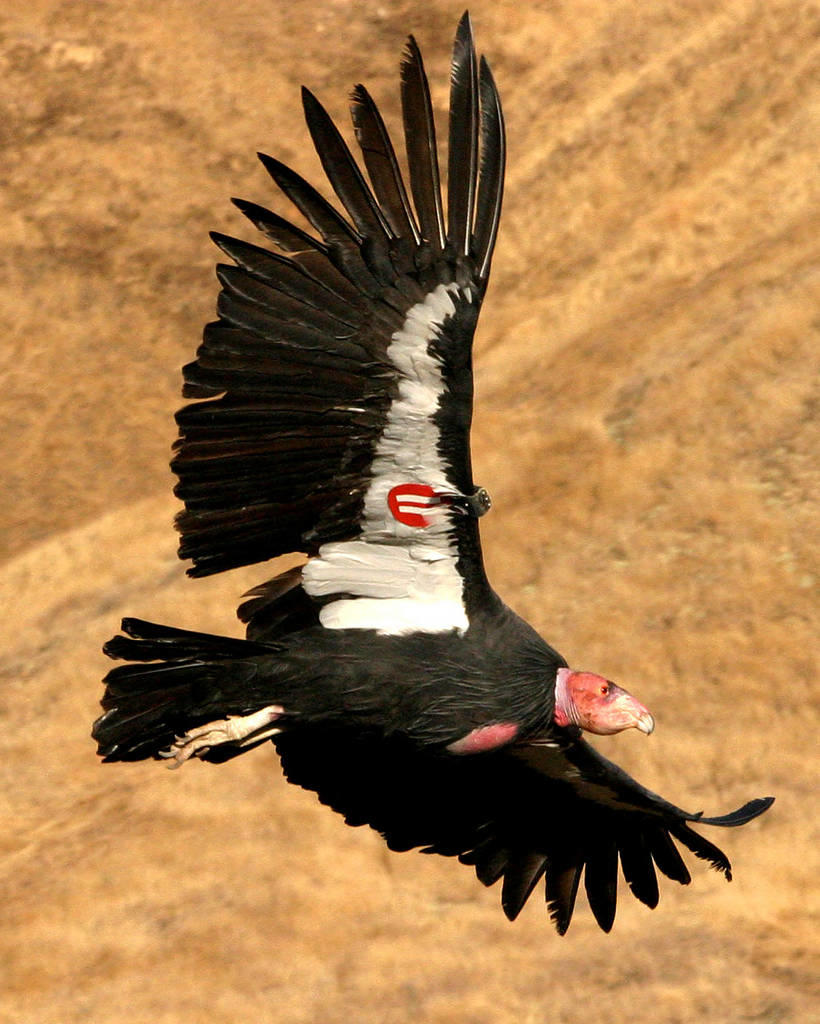The Center for Biological Diversity released analysis on Monday showing that 85 percent of continental bird species protected under the Endangered Species Act have either increased or stabilized their populations, a feat the center is calling a “wild success” on behalf of the legislation.
The analysis also compares this result to the struggles of non-protected birds, which have seen an average decline of 24 percent since 1974. According to Andrea Jones, Audubon California’s Director of Bird Conservation, the Endangered Species Act has been crucial in saving birds’ lives.
“The legislation provides incentive, financial support and legal status,” Jones said.
In its press release, the Center for Biological Diversity specifically paid attention to increases in four state birds: the California condor, the California brown pelican, the San Clemente loggerhead shrike and the Inyo California towhee.

Condor numbers have increased from 55 birds in 1968, the year after they became protected as endangered due to threats such as DDT, to 270 birds in 2015 due to a captive-breeding program and reintroduction efforts. Even after becoming protected, however, condors were one of many species to suffer from lead poisoning after scavenging prey shot with lead bullets. Audubon California became very involved in this cause, pushing through a ban on lead ammunition.

The California Brown Pelican population was similarly harmed by DDT, but also by hunting driven by demand for their feathers in fashion and by fisherman who feared losing catch to the pelicans. The species gained federal protection in 1970 when only 748 nesting sites remained; the California Brown Pelican has since been legally recovered and de-listed with over 11,600 nesting sites in 2009.
However, the Brown Pelican has since faced hurdles to recovery—making the argument for protection under the Endangered Species Act stronger. When the pelican was taken off of the list of protected species, observers started to see reproductive failures in the California colonies. As an unprotected species, there was also not a monitoring plan put in place by the U.S. Fish and Wildlife Service. Because of this, Audubon California used the strength of its membership and citizen science to complete a survey on the West Coast population. While such recovery stories might not be ideal, it is still a more positive result than not having any protected status.
“While it may not be perfect, the Endangered Species Act saves a lot of birds,” Jones said.
By Ada Statler-Throckmorton
Monthly Giving
Our monthly giving program offers the peace of mind that you’re doing your part every day.




